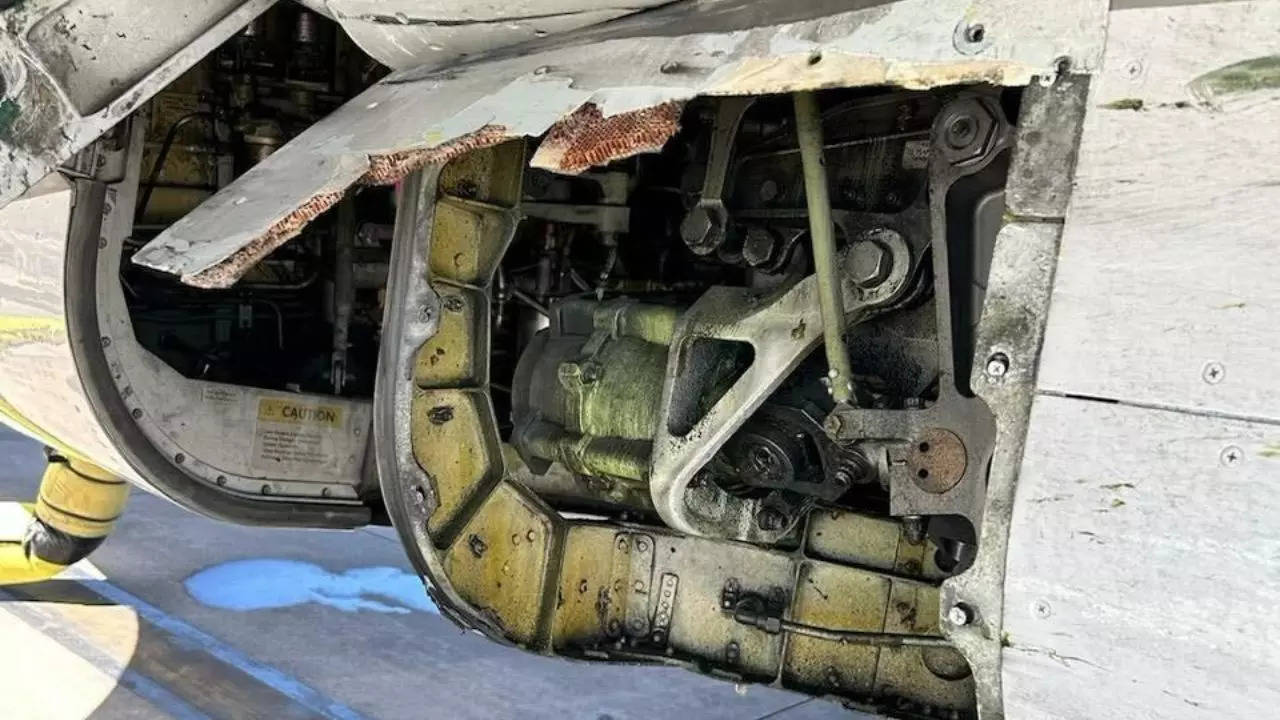Abstract
Semiconducting graphene plays an important part in graphene nanoelectronics because of the lack of an intrinsic bandgap in graphene[SUP]
1[/SUP]. In the past two decades, attempts to modify the bandgap either by quantum confinement or by chemical functionalization failed to produce viable semiconducting graphene. Here we demonstrate that semiconducting epigraphene (SEG) on single-crystal silicon carbide substrates has a band gap of 0.6 eV and room temperature mobilities exceeding 5,000 cm[SUP]2[/SUP] V[SUP]−1[/SUP] s[SUP]−1[/SUP], which is 10 times larger than that of silicon and 20 times larger than that of the other two-dimensional semiconductors. It is well known that when silicon evaporates from silicon carbide crystal surfaces, the carbon-rich surface crystallizes to produce graphene multilayers[SUP]
2[/SUP]. The first graphitic layer to form on the silicon-terminated face of SiC is an insulating epigraphene layer that is partially covalently bonded to the SiC surface[SUP]
3[/SUP]. Spectroscopic measurements of this buffer layer[SUP]
4[/SUP] demonstrated semiconducting signatures[SUP]
4[/SUP], but the mobilities of this layer were limited because of disorder[SUP]
5[/SUP]. Here we demonstrate a quasi-equilibrium annealing method that produces SEG (that is, a well-ordered buffer layer) on macroscopic atomically flat terraces. The SEG lattice is aligned with the SiC substrate. It is chemically, mechanically and thermally robust and can be patterned and seamlessly connected to semimetallic epigraphene using conventional semiconductor fabrication techniques. These essential properties make SEG suitable for nanoelectronics.

